The gout diet is based on minimizing the amount of purines in the diet, which helps to reduce uric acid levels in the body and normalize metabolism. The basis of the diet includes vegetables, fruits, berries, cereals, dairy products. Limit the amount of meat and other protein-rich foods. Diet is considered a mandatory part of treatment, since without it, the medicine loses its effectiveness.
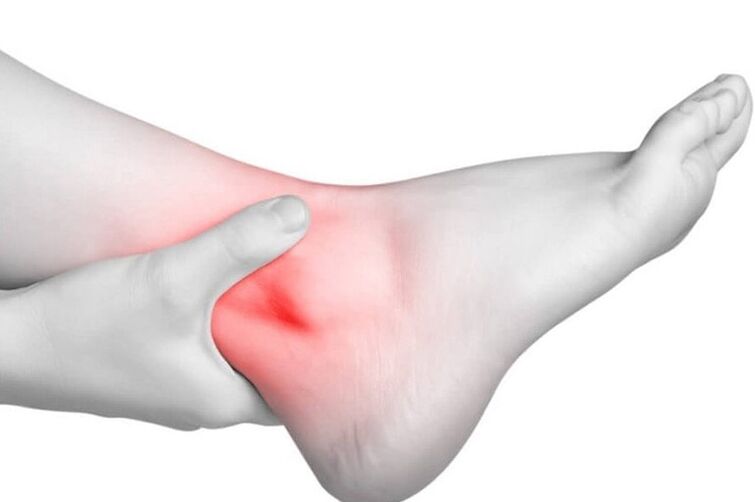
Advantages of the Gout Diet
Benefits of nutritional therapy:
- a complete diet with a sufficiently high calorie content that allows you not to feel hungry;
- eliminate harmful foods containing oxalic acid and purines, reduce the severity of gout symptoms, reduce pain, swelling;
- adherence to the diet reduces the risk of relapses and exacerbations;
- a healthy diet with restriction of spicy, fatty, fried foods improves overall health and state of the body;
- the right choice of food will reduce the risk of complications, including kidney failure, atherosclerosis, the formation of gouty nodes in internal organs;
- The diet meal is easy to prepare and does not require expensive ingredients.
Dieting can help lower uric acid levels and slow or prevent the onset of gout.
Proper nutrition without concomitant therapy cannot cure a person completely, but is considered a necessary aid in the fight against pathology and relieves painful symptoms for the patient. .
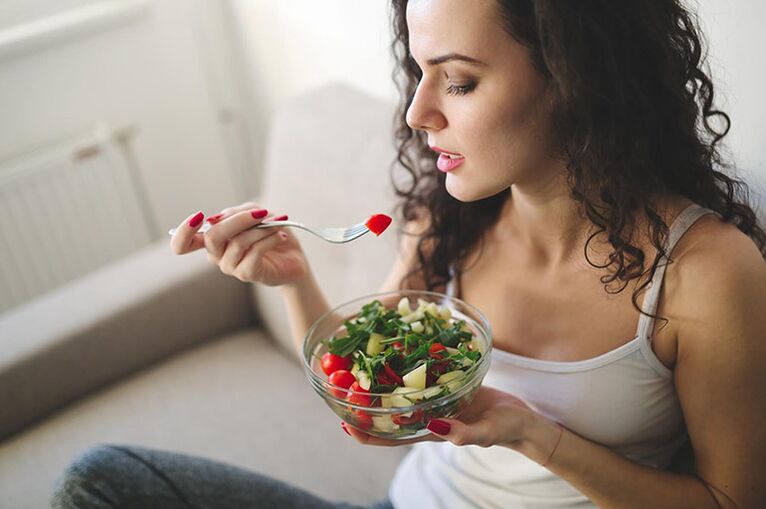
Nutritional fundamentals for gout and high uric acid
The goal of the diet is to limit the intake of purines and intermediates that increase their concentration. When making a diet, adhere to the following rules:
- Food per day is divided into 5 regular meals. As a result, they reduce the load on the digestive system and kidneys, and maintain a good metabolism.
- The chemical content of food is carefully controlled. This helps to prevent the deposition of salts in the tissues, which helps to eliminate stones and gouty tophi.
- The total calories of the diet are reduced to 2700 kcal per day, while the total weight of the food should not exceed 3 kg. This allows you to maintain a normal body weight, since obesity contributes to the exacerbation of gout.
- Protein intake is limited to 80 g per day. Proteins of animal origin are trying to be replaced by vegetable proteins, but cannot be completely ruled out.
- The daily percentage of fat is 80-90 g, about 25% enters the body with vegetable oils, the rest - in the composition of dishes.
- The patient consumes a standard amount of carbohydrates - 400-450 g per day. They enter the body with cereals, dried fruits, nuts.
- To neutralize excess acid, the menu includes many alkaline products: vegetables, milk and fermented dairy products, fresh fruits and berries. They will help the body maintain the balance of substances.
- All meat in diet dishes is pre-boiled for 15 minutes, then the first broth is drained. It helps to remove excess purines in muscle tissue.
- Fluid intake is increased to 2-2. 5 liters per day. The diet includes healthy drinks with a diuretic effect, as well as alkaline drinks: fruit and berry juices, herbal teas and decoctions, milk, mineral water.
- Salt intake is limited to 8-10 g per day. Excess amounts promote the formation of deposits and decrease the rate of urine excretion, exacerbating the symptoms of gout.
- Alcoholic beverages are excluded from the diet. Even their infrequent use can cause kidney dysfunction, increasing the risk of exacerbations.
- If necessary, the diet is supplemented with vitamin and mineral complexes. It is necessary to maintain the levels of vitamins B2, C, PP and potassium at the necessary levels, which have a diuretic effect.
- Once a week, fasting days are held in which the patient eats only fruits, vegetables, and grains that are poor in purines.
Must combine diet with supportive drug dosage if prescribed by doctor. Since gout cannot be cured, a person must follow the rules of nutrition throughout his or her life.
What can you eat?
The following foods are allowed in the diet:
- Unpleasant bakery products, including black and white bread.
- Vegetables: dill, corn, radish, onion, garlic, potato, carrot, cabbage, broccoli, cucumber, zucchini, eggplant, pumpkin. Limited Quantity: tomato, radish, cauliflower, radish, asparagus, rhubarb, celery, chili, onion, parsley.
- All fruits and berries except grapes, cranberries, figs and raspberries. Plums are consumed in limited quantities.
- Lean meat: rabbit, chicken, turkey. Consume no more than 3-5 times a week, serving size up to 170 g.
- Low-fat fish (salmon, trout, trout), seafood: mussels, shrimp, crab and crayfish meat, squid, octopus.
- Eggs - no more than 1 egg. everyday.
- Dairy products: kefir, cottage cheese, sour cream, yogurt, cream, unsalted cheese, low-fat whole milk (best diluted). Butter can be added to cereals, stews, but not used for frying and not consumed in its pure form.
- All grains and cereals, except legumes: rice, buckwheat, millet, oatmeal, etc. It is best to cook them in water or diluted milk.
- Soup based on weak vegetable broth, potatoes.
- Pumpkin, sunflower, flax, sesame seeds.
- Walnuts, pine nuts and hazelnuts, almonds, cashews, hazelnuts, pistachios.
- Dried fruit, excluding raisins.
- Vegetable oils: sunflower, olive, corn, flaxseed. They are not only used for frying but also used in salads, stews and other things.
- Dessert: marshmallows, marmalade, jam, marshmallows, ice cream. Candy without chocolate is allowed.
- Beverages: fruit and vegetable juices (be careful when using tomatoes), herbal teas with lemon and honey, broths, fruit drinks, juices, chicory, kvass. Alkaline mineral water is very useful.
- Mild spices and herbs: cinnamon, vanillin, bay leaf, citric acid. Light sauce based on sour cream, vegetable broth, vegetable oil.
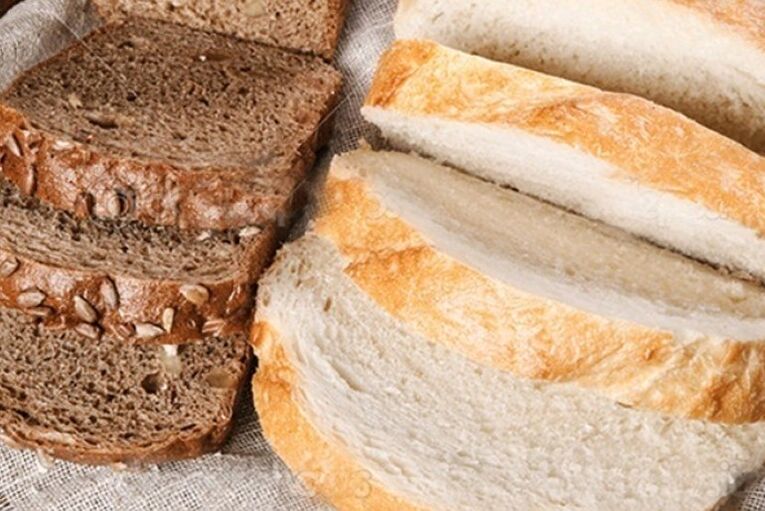
The diet includes a large amount of liquid and semi-liquid foods, light salads, vegetarian products. They not only help reduce the concentration of purines but also reduce the load on the digestive tract and kidneys.
What You Can't Eat
The following foods are not acceptable in the diet:
- Cake.
- Fatty meats, young animal dishes (veal, chicken), canned and smoked meats, sausages, sausages, sausages and other semi-finished products.
- Byproduct.
- Fatty fish salted, canned, smoked or fried, caviar.
- Peas, beans, lentils, soybeans and other legumes.
- Mushroom.
- Sorrel, spinach, olives.
- Spicy and salty cheese.
- Broths and broths based on meat and offal, fish, mushrooms.
- Cakes, pastries, cakes.
- Peanuts.
- Animal fat: lard, lard. Margarine.
- Alcoholic beverages, strong tea, coffee, cocoa.
- Condiments and hot sauces, including mustard, horseradish, mayonnaise, ketchup.
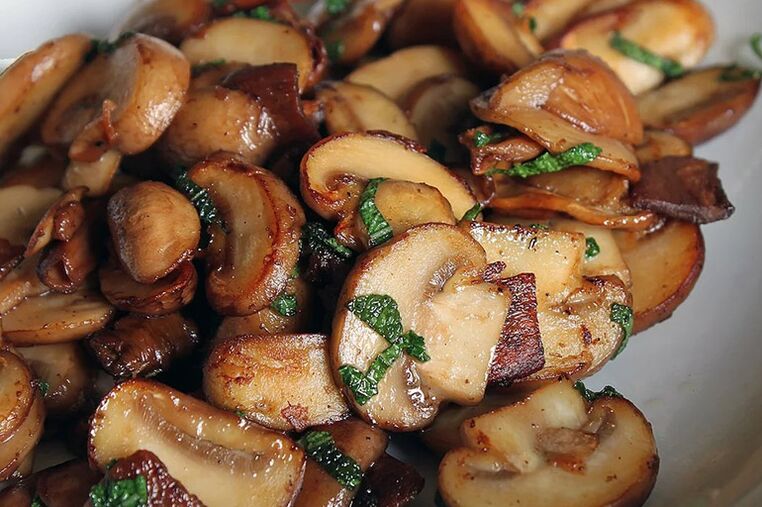
Eating spicy, fatty, and fried foods can make your gout symptoms worse.
Table 6 for gout
In medical institutions, diet number 6 is used to treat diseases. The medical menu takes into account factors such as the chemical composition of the food, the calorie content, the ratio of proteins, fats and carbohydrates. This allows you to choose the optimal diet for your patient without unnecessary calculations each time. Therefore, table 6 is often used to treat gout at home: it is common and has no contraindications.
Diet during an exacerbation
If the symptoms of gout are getting worse, the menu should be changed. Rules for making a diet during an exacerbation:
- completely eliminate meat and fish from the diet;
- regular days of fasting - up to 4 days per week;
- the basis of the diet are fresh fruits and vegetables;
- remember to drink plenty of alkaline mineral water and other alkaline beverages;
- all food served in liquid or semi-liquid form;
- frequent meals (7-8 times a day), with equal rest between meals.
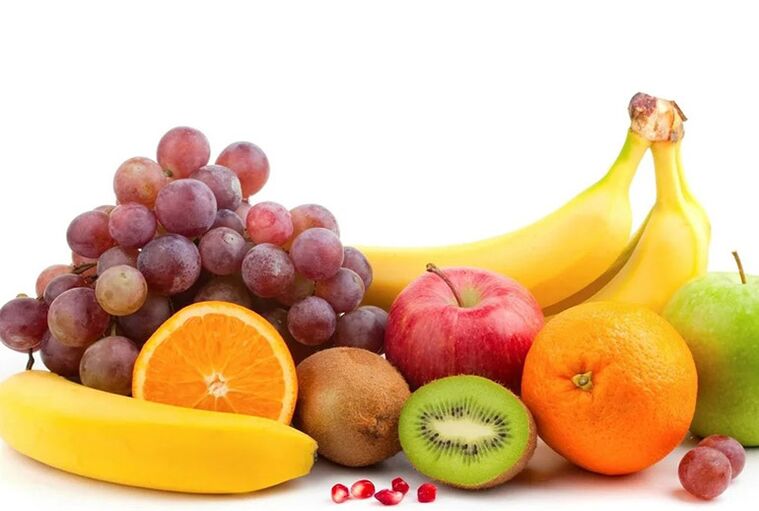
The diet is stopped after the pain and swelling in the legs is gone. Should not be maintained for a long time, because the body will quickly be deficient in vitamins and nutrients.
7 day menu
Approximate weekly diet for gout treatment:
| Eat | Monday | Tuesday | Wednesday | Thursday | Friday | Saturday | Sunday |
|---|---|---|---|---|---|---|---|
| Breakfast | Bread with bran with jam, vegetable salad with sour cream sauce, rosehip broth | Fresh orange pumpkin milk rice porridge | Oatmeal with butter and jam, homemade fruit jelly with pulp, herbal tea | Buckwheat porridge with milk, apple puree and carrot salad | Oatmeal with apple puree, marmalade, tea | Milk millet porridge, soft boiled eggs, baked apples stuffed with seeds | Vegetable salad with cheese and sesame seeds, potato cake with sour cream |
| Lunch | Greek yogurt, 2 cookies | Fresh strawberry with cream | Toast with skim milk, nuts | Curd mousse with dried fruit | Cornbread with yogurt and banana pieces | Fruit ice cream and berry mousse | Pancakes with jam and fruit |
| Dinner | Vegetable broth with eggs and toast, grated beets, carrot and apple salad, banana juice | Vegetable stew with cheese, steamed chicken cutlet, berry jelly | Salmon vegetable soup, corn porridge, yogurt | Pho with milk, stewed vegetables, carrots and fresh apples | Broccoli puree soup, sour cream fries, fresh orange | Cabbage soup, seafood rice, milk jelly | Potato soup, stewed vegetables with turkey meatballs, banana milkshake |
| Dinner | Potato cake, sliced fresh vegetables, lemon herbal tea | Dolma with sour cream, fresh cheese with pieces of fresh fruit, mixed bread | Potato stew with vegetables and eggs, mixed salad with linseed oil, lemon juice | Grated radish with garlic, oat jelly, fruit salad | Boiled young potatoes with oil and herbs, vegetable salad, dried fruit | Zucchini stuffed with vegetables topped with cheese, sliced vegetables with corn oil, fresh bananas | Cucumber and tomato salad, broccoli with sour cream sauce, cheesecake, bran broth |
| Before bedtime | Fresh Strawberry Yogurt | Cookies with strawberry jam, kefir | Rosehip and apple broth | Mass of curd, pear | Fruit milk soufflé | Kefir, tangerine | Cheese sticks with sour cream, whipped cream |
Menu items are interchangeable and can be changed or supplemented to suit your taste. The main thing is not to violate the basic principles of the diet.
Features of fasting days
The gout diet does not include complete starvation, as it aggravates the disease. On fasting days, it is recommended to stick to a single diet (watermelon, potatoes, cucumbers, carrots) or prepare salads, slices, stews from different vegetables and fruits.
It is allowed to use dairy products, cereals in small quantities. Fasting days are popular with rice: it is boiled in milk and eaten with a small amount of apple puree.
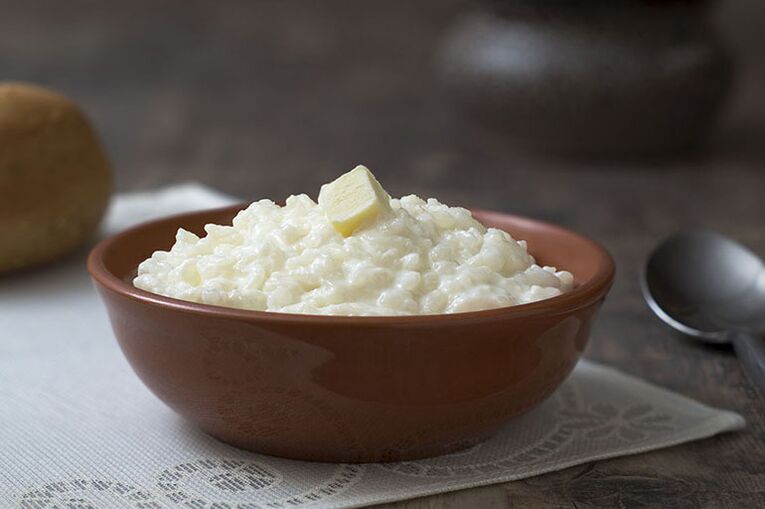
The fermented milk diet will help you quickly get rid of excess uric acid: it implies the use of cottage cheese (400 g) and kefir (0. 5 l) for the day.
Recipes for gout
The therapeutic diet allows you to eat many familiar dishes: cereals, vegetable soups, stews, salads. They do not require expensive products or special cooking skills. In order for patients not to feel uncomfortable because of boring and monotonous dishes, you can diversify the menu with original recipes from permitted ingredients.
Light cream soup
The dish is low in calories but delicious and full of nutrients for lunch. To prepare it, you will need the following products:
- 1 onion;
- 1 carrot;
- 1 bunch of spinach leaves
- 1 slice of white bread
- 2 teaspoons lemon juice;
- 2 teaspoons vegetable oil;
- 1 teaspoon cream;
- 0. 5 teaspoon Sahara.
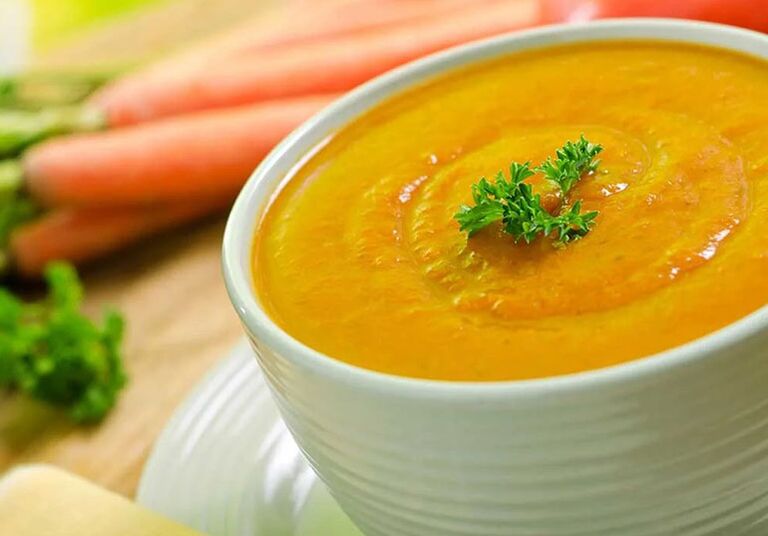
Cut the cake into small squares, put in a dry frying pan. Peel the onion and carrot, finely chop. Pour oil into a deep pan, heat it up, add the vegetables and simmer for about 6-7 minutes. Add the spinach leaves and puree with a blender. Bring the mixture to a boil, add the lemon juice and sugar. Remove from heat, arrange on a plate. Add some cream and white toast to each portion.
Cheese casserole
The dish is served as a dessert or a snack. To prepare it you will need:
- 140 g of fresh cottage cheese;
- 70 g sour cream;
- 1 egg;
- 3 tbsp. l. semolina;
- 1 tbsp. l. Sahara;
- 0. 5 teaspoons soda mixed with lemon juice;
- dried fruits, nuts to taste;
- Salt.

Mix cheese with sour cream. Pour salt, sugar, and tapioca into a bowl. Add chopped dried fruit, nuts. Homogenize, mix with caustic soda. The mass placed in the baking dish must be placed in an oven preheated to 180°C and baked until golden brown.
Steamed chicken balls with gravy
A low-calorie main course that can be eaten alone or served with a side dish. To cook you will need:
- 350 g chicken fillet;
- 2 onions;
- 1 carrot;
- 1 clove of garlic;
- 1 egg;
- 1 tbsp. rice;
- 70 g of white bread;
- 200 ml of vegetable broth;
- 50 g sour cream;
- 2 tbsp. l. Milk;
- 0. 5 tbsp. l. flour;
- green onions, parsley, dill to taste;
- vegetable oil for frying;
- Salt.
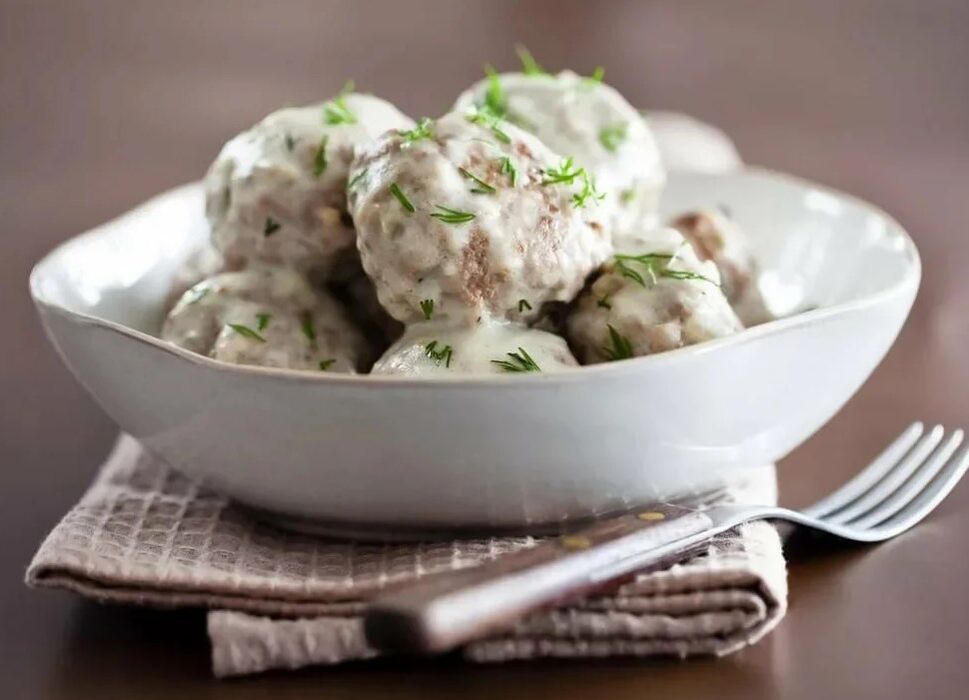
Soak bread in milk. Wash the rice without salt, let it cool. Cut the chicken fillet into medium pieces and put in the blender. Add 1 onion, garlic, bread, and chopped herbs, crack into a raw egg and mince until smooth. After mixing with the rice, you need to salt it and leave it in the fridge for 20 minutes. Then roll into meatballs and steam for 6-8 minutes.
Finely chop remaining onion and carrot. Fry vegetables in oil for 2-3 minutes, pour broth, add flour and sour cream. Heat the sauce over low heat until thickened, add the meatballs and cook for 5-6 minutes. Sprinkle with herbs before serving.
Eggplant and minced meat stew
A hearty second course, perfect for lunch or dinner. To prepare it, you need to have the following ingredients:
- 300 g minced meat;
- 2 large eggplants;
- 1 onion;
- 1 clove of garlic;
- 3 tbsp. l. ketchup;
- 2 tbsp. l. flour;
- 120 g of hard cheese;
- 50 ml of cream;
- vegetable oil;
- Salt.
Cut eggplant into long slices, season with salt to release water. Dip in flour, deep-fry on both sides until half cooked. Minced onion and garlic, sauté until golden brown. Add the minced meat, cook over medium heat for 3 minutes, then add the tomato mixture. Pour in 0. 5 tbsp. water and salt to taste. Cover and cook for another 5 minutes.
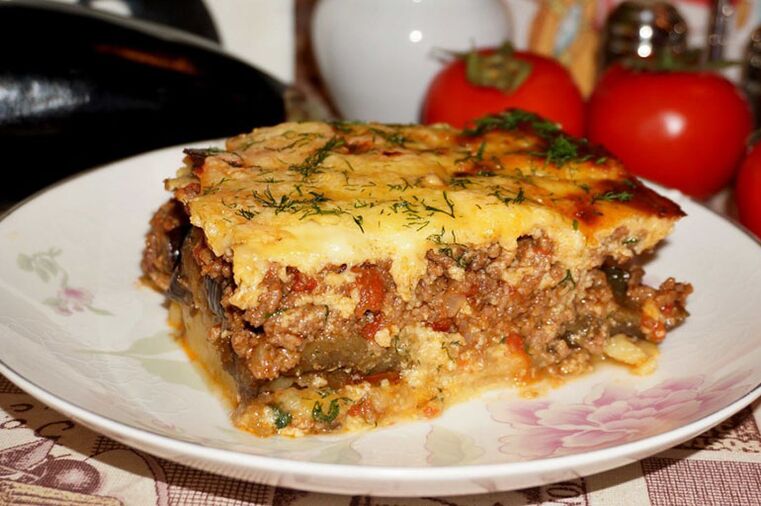
Place the eggplant slices in a greased baking dish in a thick layer, topped with minced meat, followed by grated or sliced cheese. Pour in the cream and bake in the oven preheated to 180°C for half an hour.
Pumpkin puree soup
The first traditional meal of the day. For cooking, you need to use the following products:
- 0. 5 kg pumpkin, peeled, peeled and seeds removed;
- 2 tbsp. l. butter;
- 2 tbsp. l. rice;
- 1 tbsp. l road;
- 250 ml of milk;
- ice cream to taste;
- Salt.
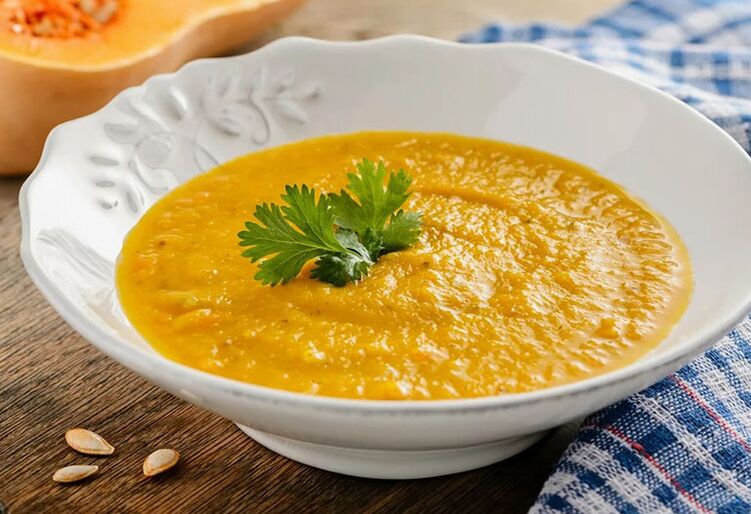
Cut the squash into cubes, put in a pot, add rice, salt and sugar. Pour 1 liter of water and cook until soft. Pour in melted butter and rub through a sieve. Return to the stove, bring the milk to a boil, then remove from the heat. Arrange the prepared pumpkin soup on a plate and season with cream.
Nutritionist review
- "Following the gout diet is necessary for the patient to have a fulfilling life. The right diet helps reduce pain and swelling, and reduces the risk of complications. When composing the menu, it is necessary to follow the diet plan. pay attention to protein, as their patients are often lacking in their usual products. "
- "The gout diet works to lower uric acid levels in the body. Patients should observe it throughout their lives to prevent exacerbations and continue the asymptomatic course of the disease. . "
- "The diet reduces uric acid levels in the body by about 15%. It is effective in treating gout when combined with supportive medications. "
Cons of Diet for Gout
The main disadvantage of the diet is that the food restrictions are quite strict. Even small violations can aggravate the disease. The diet is especially unpleasant for lovers of meat and alcoholic beverages.
Another disadvantage of this diet is the lack of animal protein, which must be compensated for by expensive and unusual plant and dairy products. In addition, this diet is not suitable for weight loss and is intended for therapeutic purposes only.

































